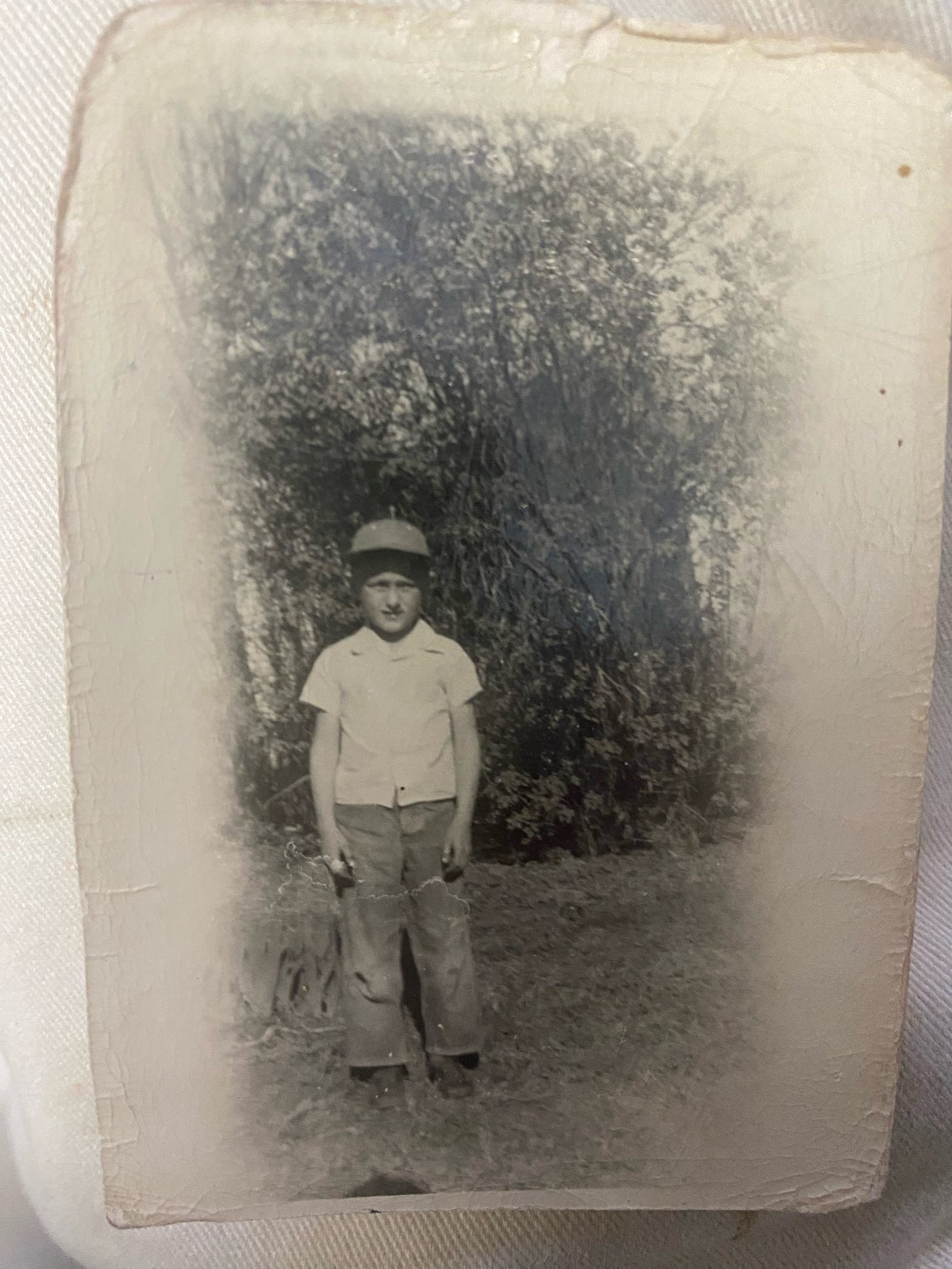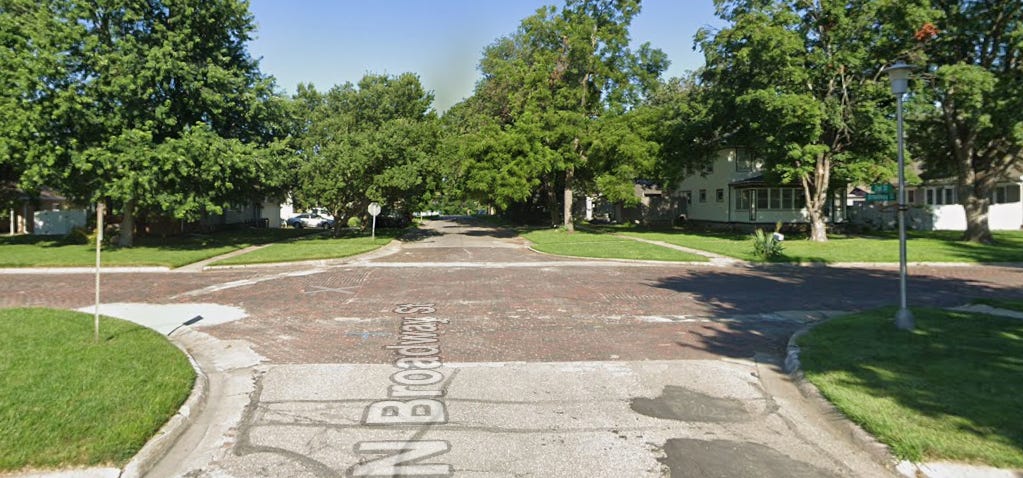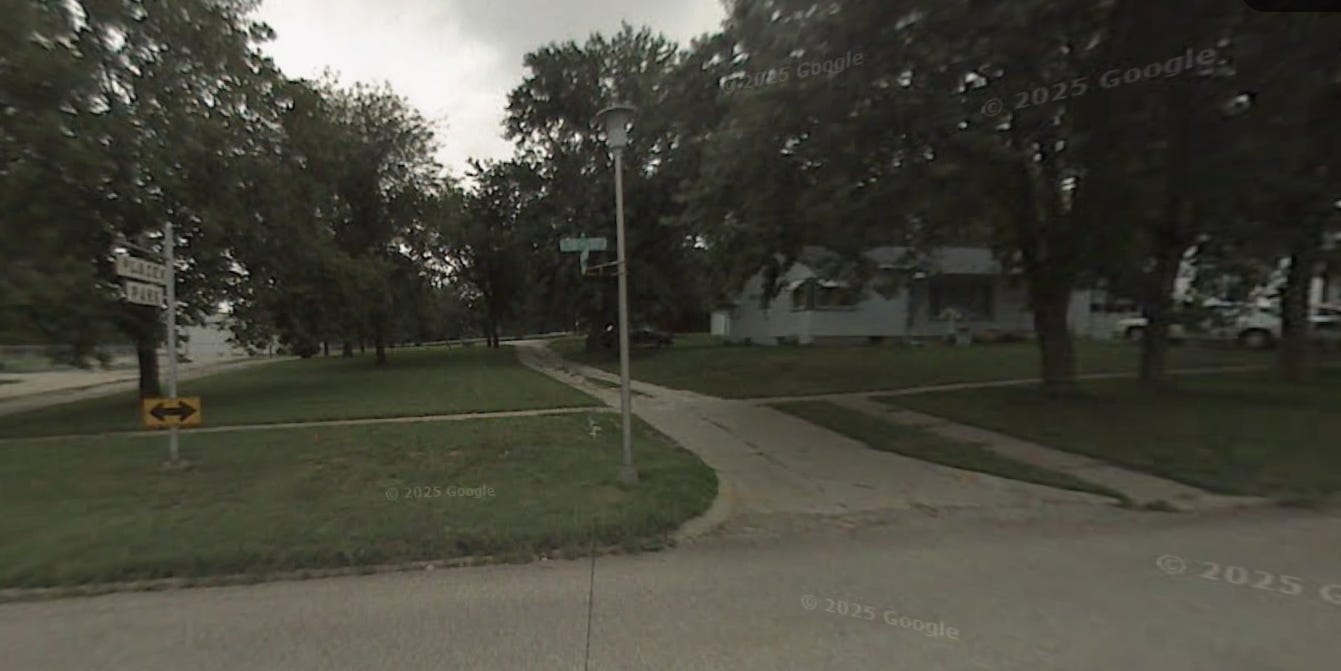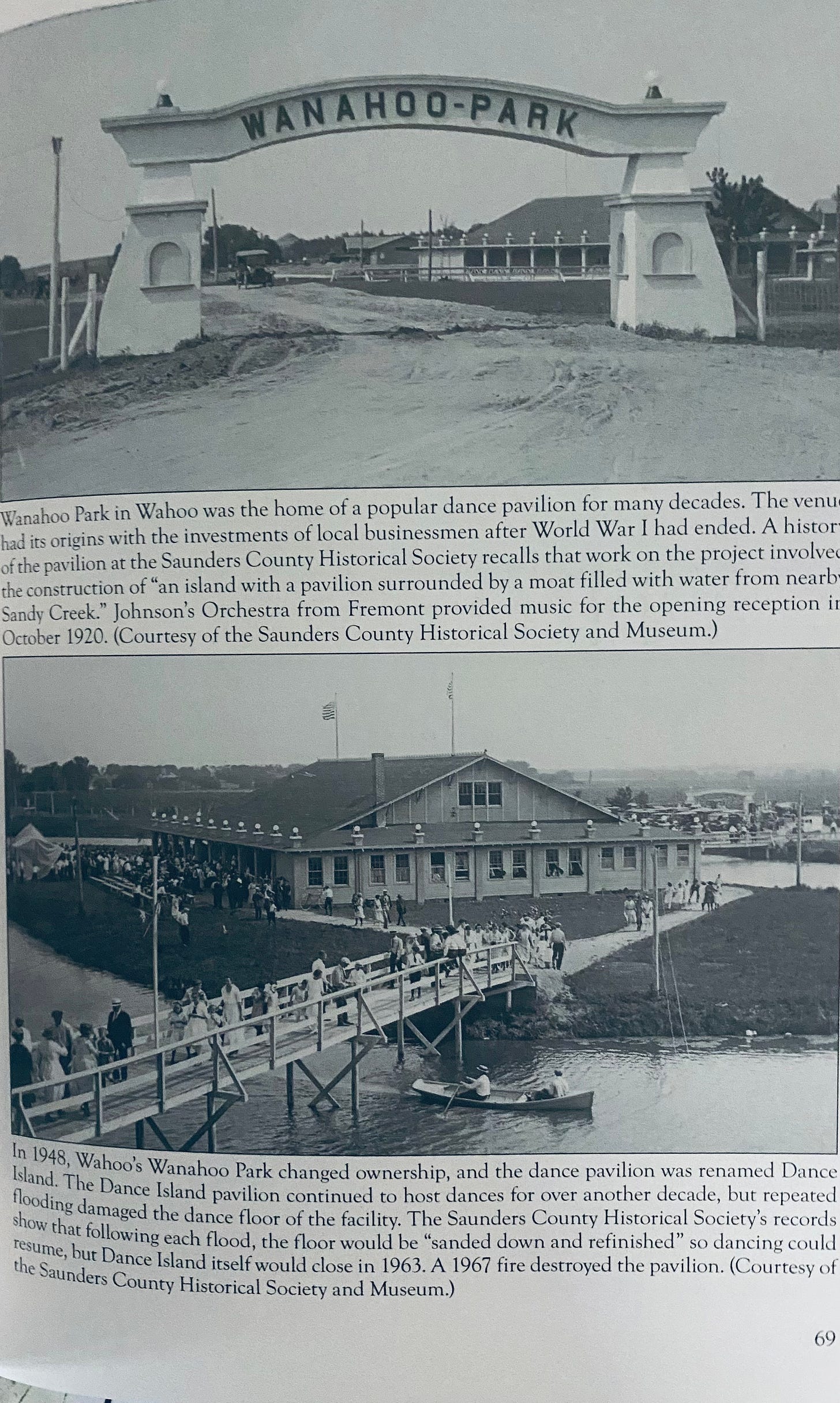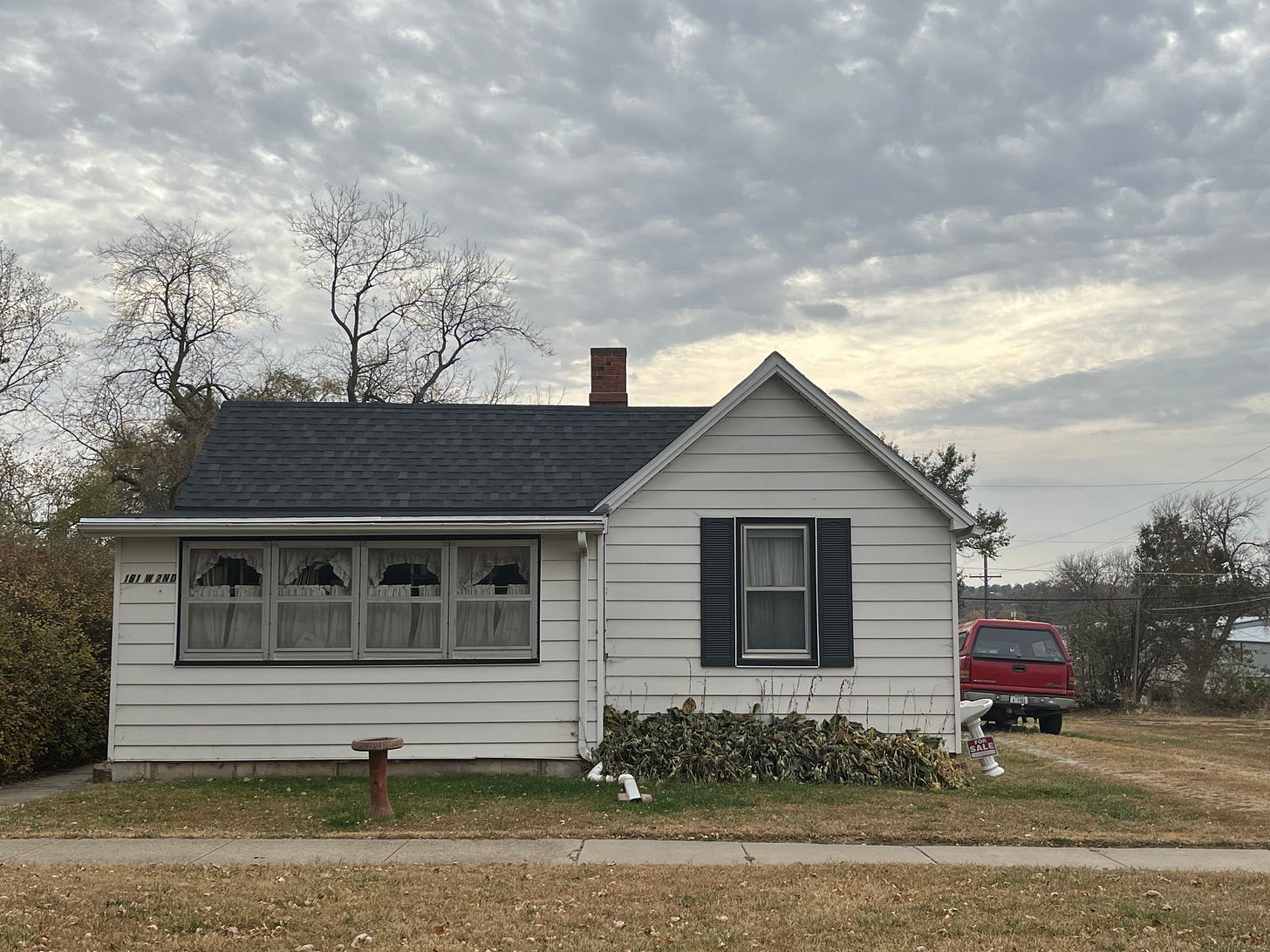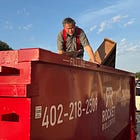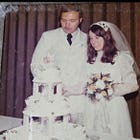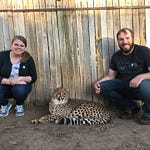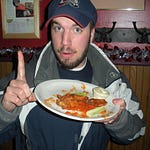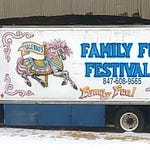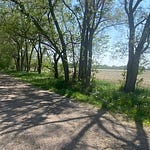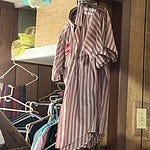By Bob Copperstone
A wonderfully quaint wooden viaduct once spanned Wahoo’ s Second Street between Chestnut and Broadway.
It was a formidable, three-stage bridge with an approach, level top, and descent. It carried traffic over a small ravine, while the Chicago & North Western Rail Road (that’s how they spelled the company name then) freight trains passed underneath.
The “Vy-Dock”, as we kids pronounced it, played an important role in my childhood adventures. It served as a destination for a brisk hike going south.
A longer railway hike going north in the opposite direction led to First Bridge, Second Bridge, etc., until reaching the bottom of Bodley’s Hill (named after a local family) at about the Fifth Bridge, a mile or so out of town.
My home was down the tracks on Ninth Street. When I dared to, I ventured to the viaduct. It took a certain amount of courage because the viaduct often sheltered hobos (or tramps or, rudely, bums). There were usually fresh campfire ashes under the structure.
And sometimes there were local boys who would prowl atop the viaduct, looking to moisten intruders below who strayed within the range of their warm, yellow streams.
Although the viaduct appeared fortress-strong, with huge timbers and thick planks, I was skeptical of its soundness when I heard the lumber groan and tremble when cars labored up and over.
Larger trucks didn’t use the structure, avoiding high-centering.
One time I climbed under the bridge almost to the crest of the ravine, tucking myself under the timbers. I could actually watch the cars rumble
noisily directly overhead through large gaps in the planks. I panicked; afraid they’d fall through the trembling structure and crush me. I scrambled down and never did that again.
My fondest memory of the viaduct was exciting as a carnival ride.
It involved a rickety old family car on its last legs, and my father, Hank Copperstone, who delighted in making children laugh with glee.
We’d pile into that old crate, which Dad kept in barely working order using baling wire and high hopes. That was just before we got our used 1939 Plymouth sedan -a luxury limo by comparison.
Dad would drive the earful of kids around the city, with the high point of the adventure being an “airplane ride” over the viaduct.
We stopped in the middle of Second Street just off Broadway, the car aimed west toward the viaduct. We kids quivered in suspense.
Hank stomped on the clutch, slammed into low gear, and revved the engine again and again.
Hunched over the steering wheel with a wicked grin, Dad yelled, “Are you ready to fly, kids? Who wants to fly!”
We knew what was coming. We grabbed upholstery, seat backs, door handles, each other, or any other anchor we could find.
Without waiting for an answer, Hank popped the clutch, and the elderly machine got up a head of speed, the front wheels hitting the first plank solidly and bouncing the screaming children off their feet and seats.
The rear wheels left the ground and landed with a thump, sending the kids airborne again.
Climbing the east side at high speed, the front end aimed for the sky as they reached the flat top level.
Altitude attained! We were flying!
The front end slapped the top level hard. That’s when we heard and felt clattering and scraping noises from under the car. (We didn’t know what happened until we stopped at the bottom and saw that part of exhaust system had busted loose.)
Now the ride slammed down the descending slope. The bucking and slamming continued until we hit pavement again. There was a slight dip where the lumber met the street, and we got a final set of bounces.
The ride was over. The children were dog-tired, weak from screaming and laughing. The car had had it, too.
Hank climbed back up the viaduct to retrieve the muffler and assorted parts, and threw them into the trunk. The ride home was nowhere near as exciting.
The next day, Dad got out the baling wire to get the old crate ready for the next airplane ride.
Today, the viaduct and tracks are gone, and the ravine it spanned has been filled to street level. Saunders County, which owned and maintained the structure, tried to save it after the rails were torn up. But, sadly, it was declared deteriorated and too expensive to repair.
(See? My 10-year-old self warned you it was rickety, even then!)
The ravine is now filled to street level, and Second Street is paved straight through from Broadway to Chestnut. Where the railroad tracks used to be is a strip of land cutting through the city. That land is now the largely unfinished Maple Street right-of-way and, further north, it is part of the hiking and biking trail leading to Lake Wanahoo.
On a personal note, today I live in a little white house just a few yards southeast from where Dad and I, my sisters Rochelle and Janie, and carloads of kids used to go “flying”.
Sometimes on quiet summer nights I can step outside my house and, if I listen carefully over croaking frogs and chirping crickets, I can almost hear echoes of children’s mock-terror screams and their beautiful laughter.
* * *
The following is Bob Smith’s lightly-edited account of the same battered viaduct and the same thrill-seeking adventures that linger in our memories:
In the 1950s, well before cellphones, computers, and before many homes had a TV, teenagers loved to joyride and exercise the freedoms that their fresh driver’s licenses promised. The more friends they could stuff into their cars, the better.
Often, they would challenge the viaduct for the thrill of getting the front wheels airborne over the center of the span.
One night, probably in 1954, I was cruising in a friend’s car with two other guys and three girls when we decided to challenge the viaduct.
We made two passes over the span, with increasingly jolting results. A third run, fated to be the last, aimed the car east.
At first, the driver had kept safely to the right on the two-lane viaduct. On the third pass, he edged closer to the center, gunning it even faster.
To our horror, we suddenly saw the headlight beams of another car on the viaduct coming toward us in the opposite lane.
Our car sideswiped it, and then careened leftward at the bottom ofthe viaduct, slamming head-first into a tree on the north side ofthe street.
The impactjolted the horn to suddenly blare nonstop into the quiet night. The commotion woke the neighbors, and house and porch lights began to snap on. Someone called the police.
No one was injured, and no one had witnessed the incident except the six in our car, and the other driver.
Meanwhile, the three girls had fled into the night, leaving the boys to explain themselves when police arrived.
I don’t remember if any citations were issued. Both cars were driven away.
Bob Smith and his wife, Jody, live in Omaha. He is a 1955 graduate of Wahoo High School. To this day, Bob always stays carefully in his own lane while driving across bridges and viaducts.




